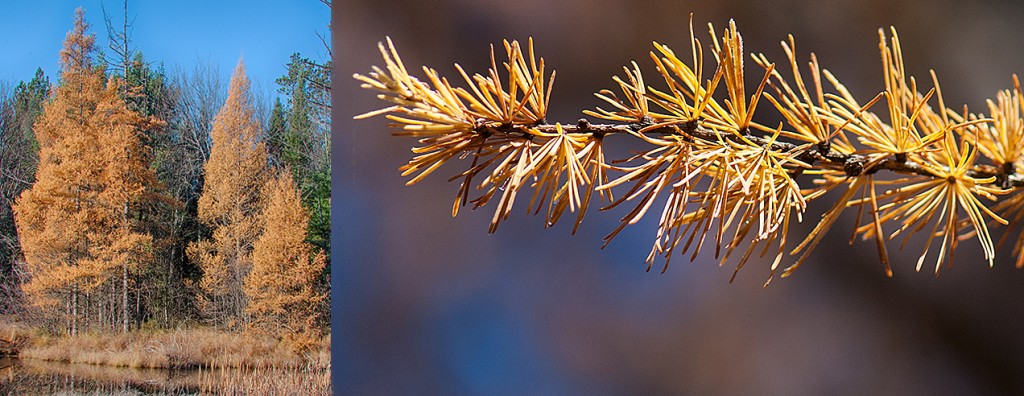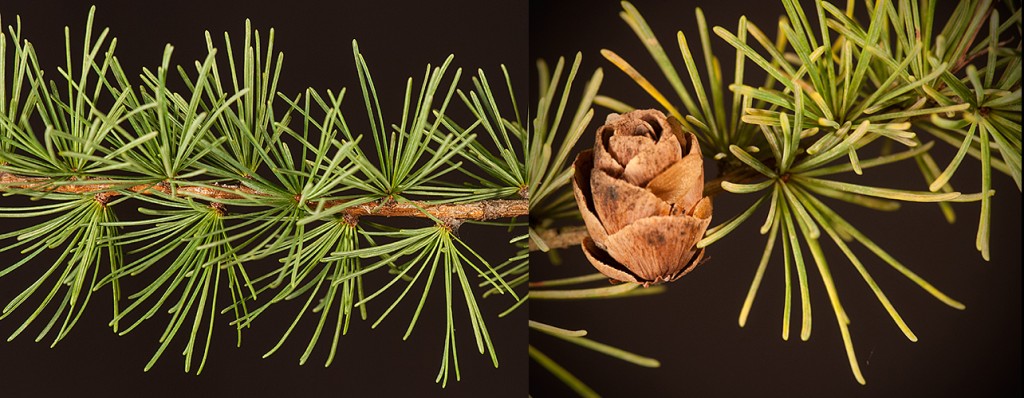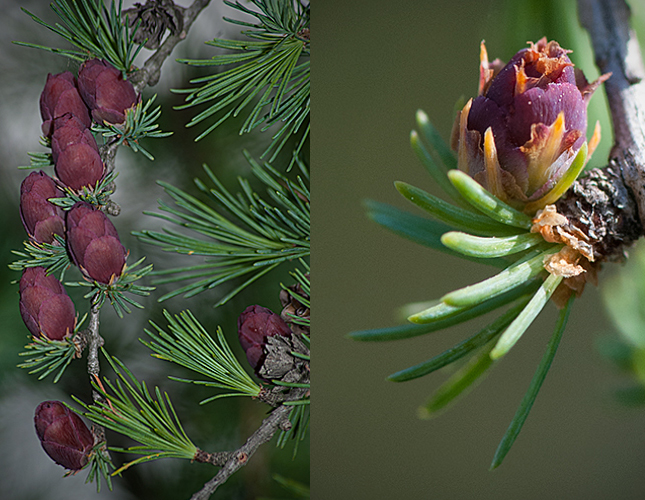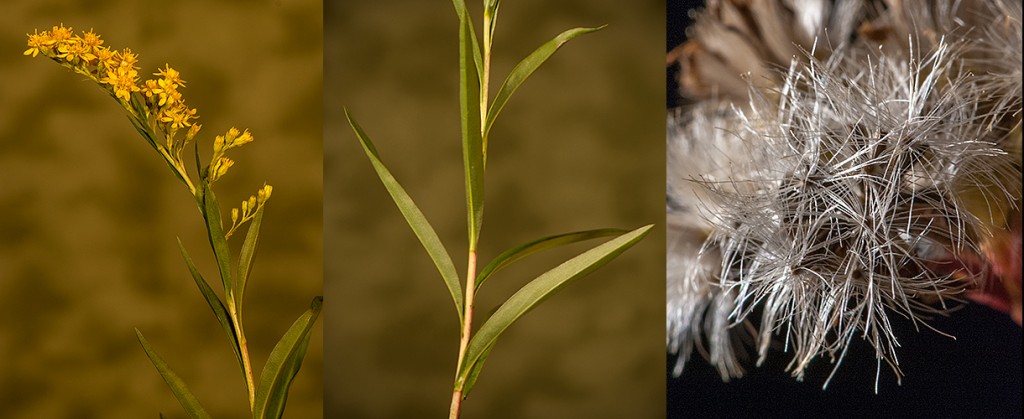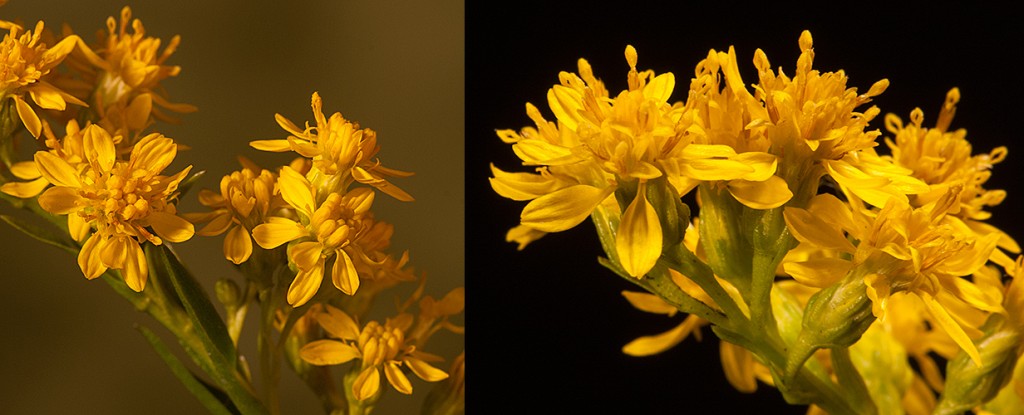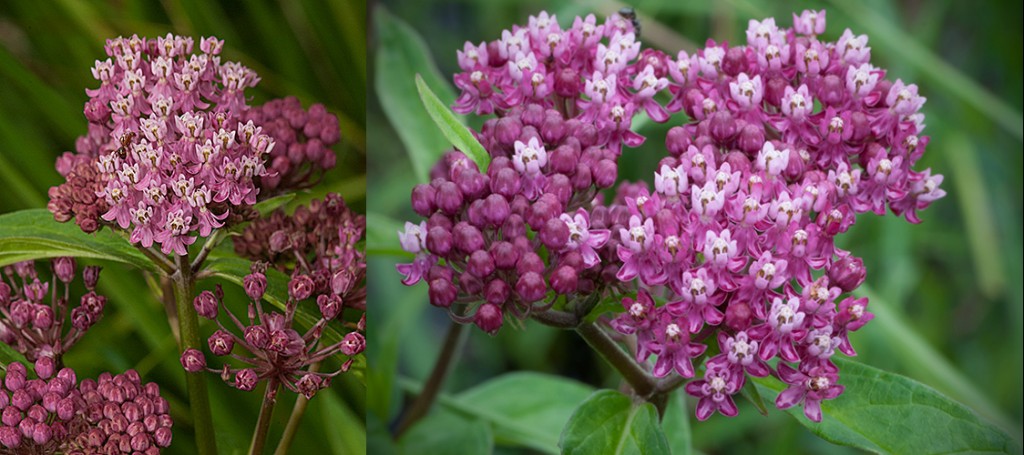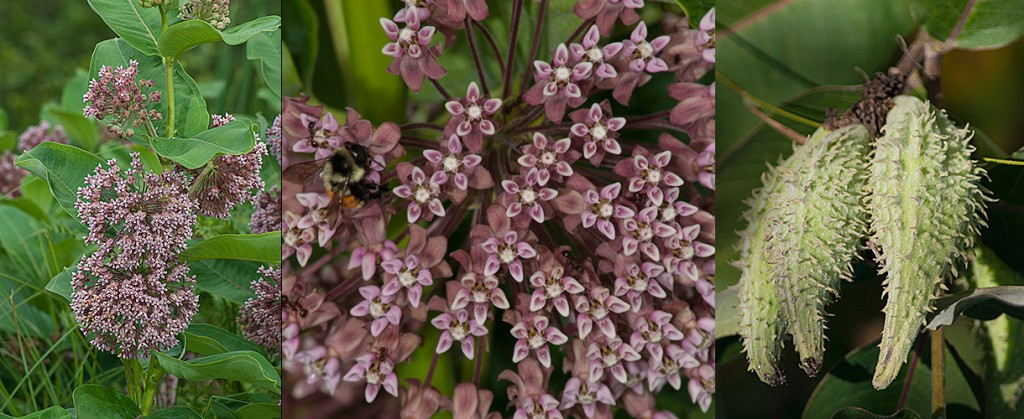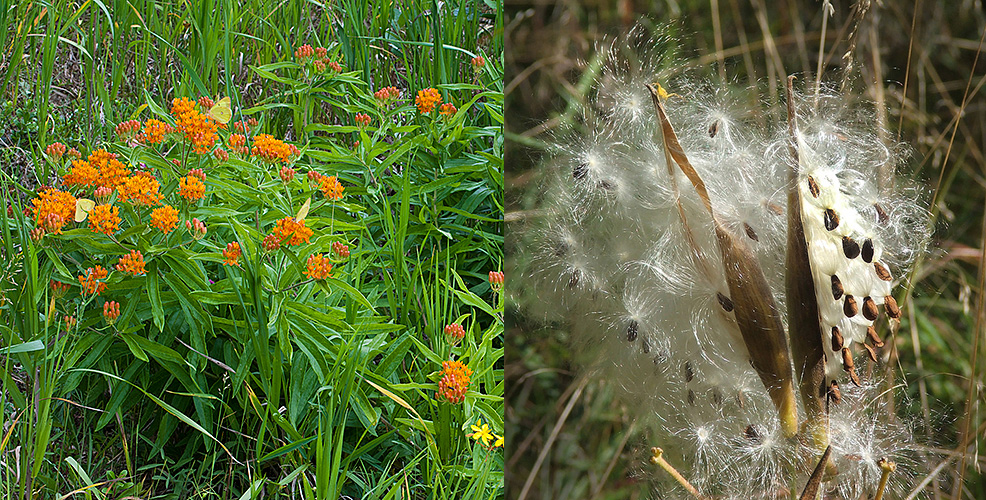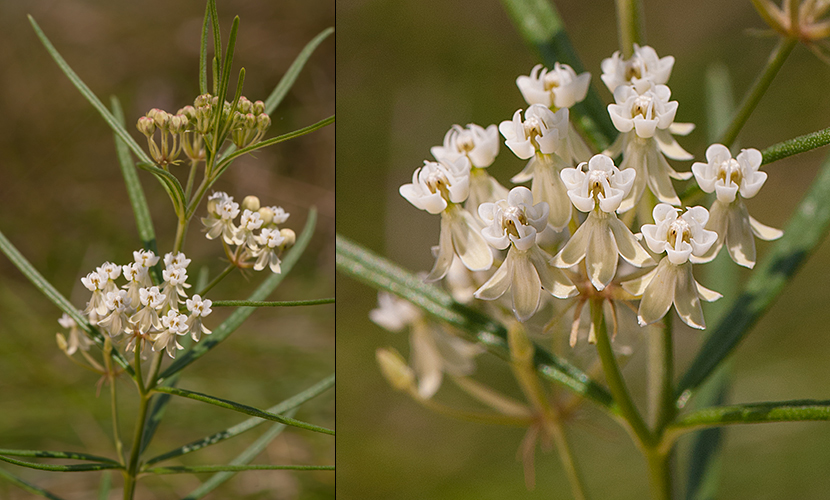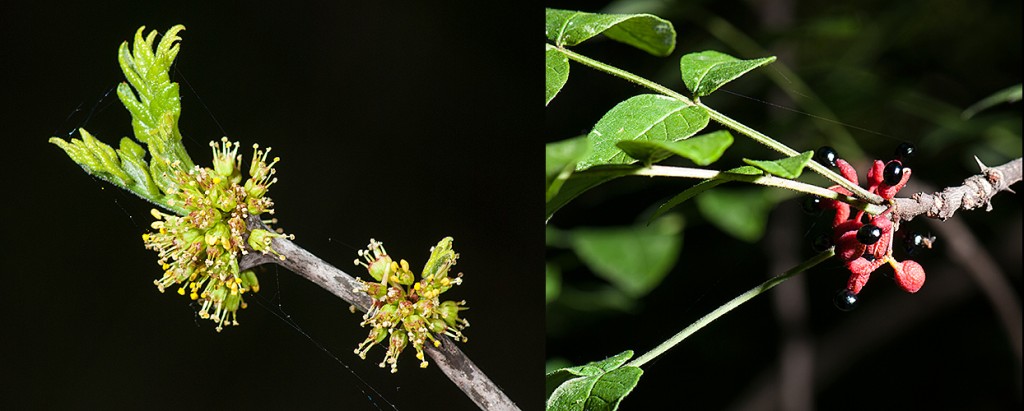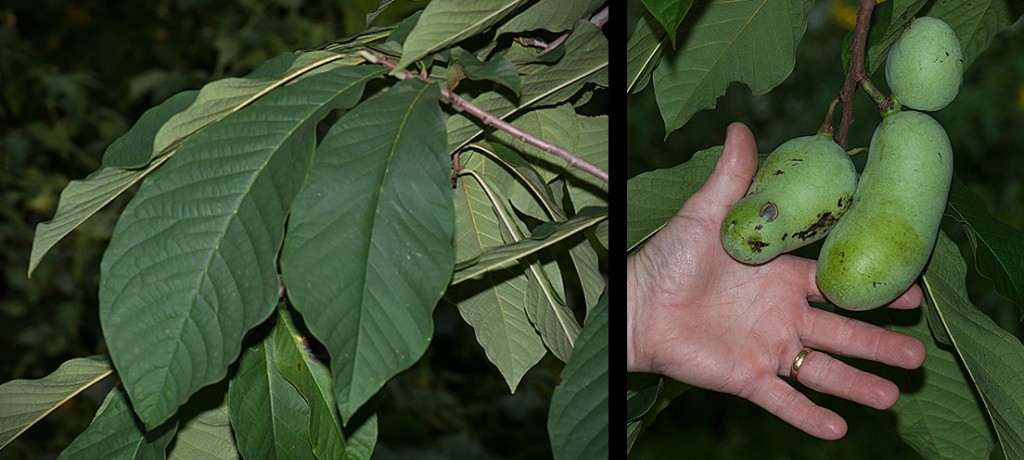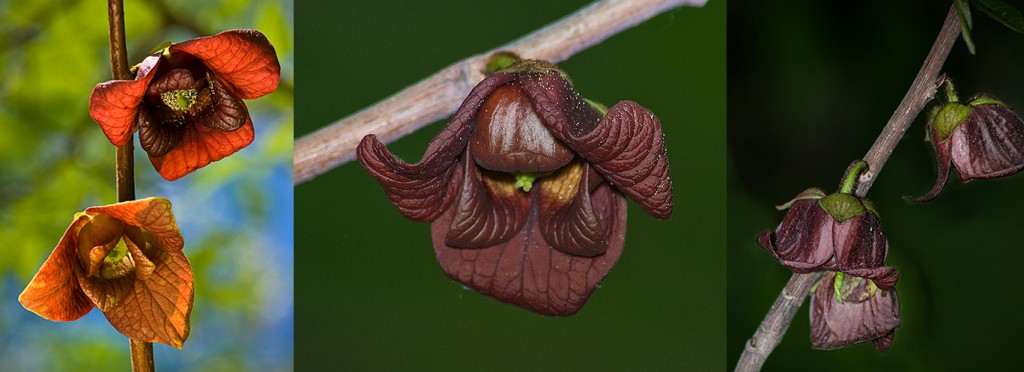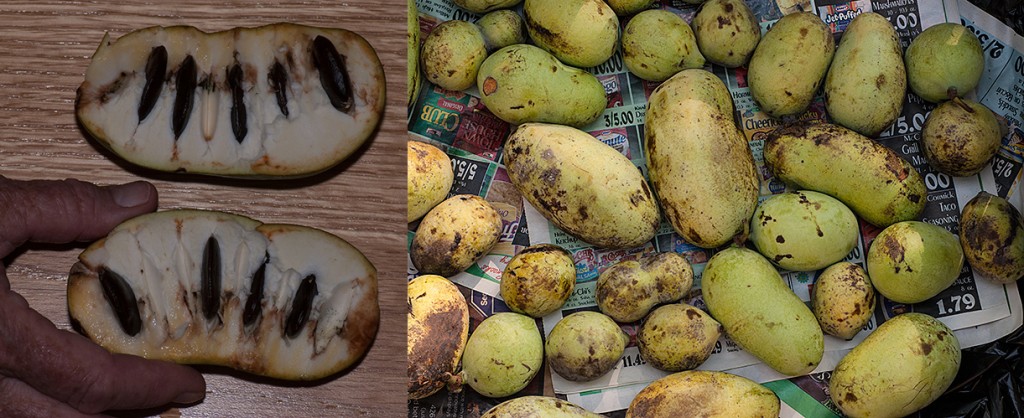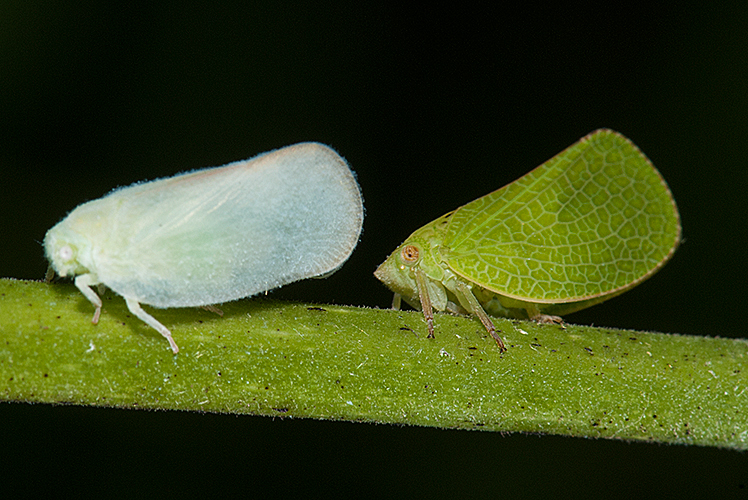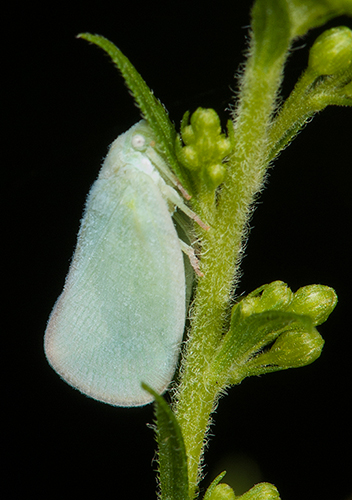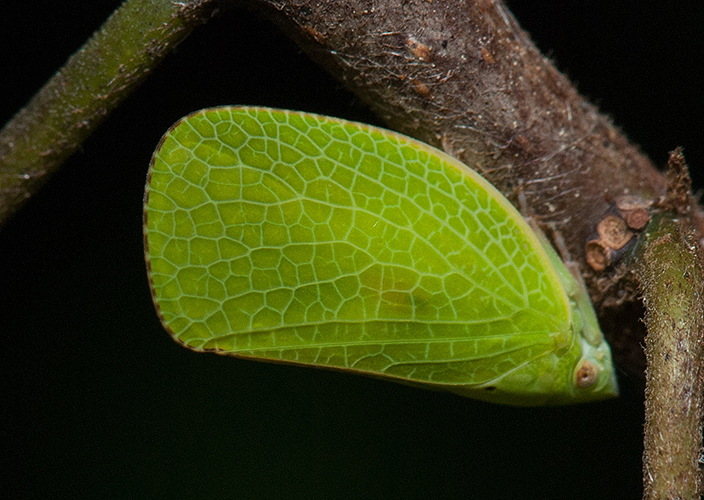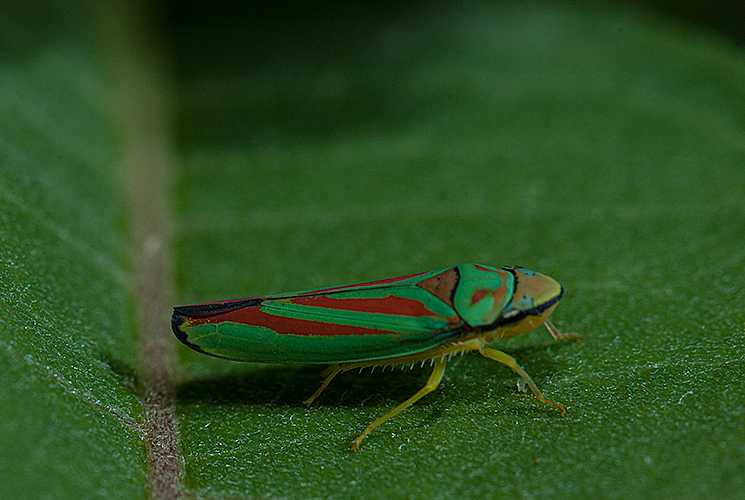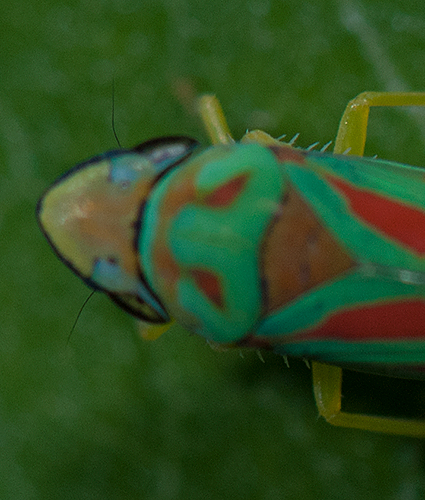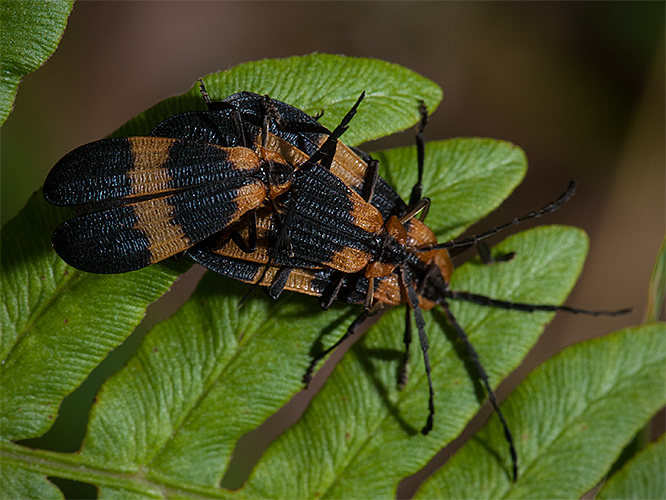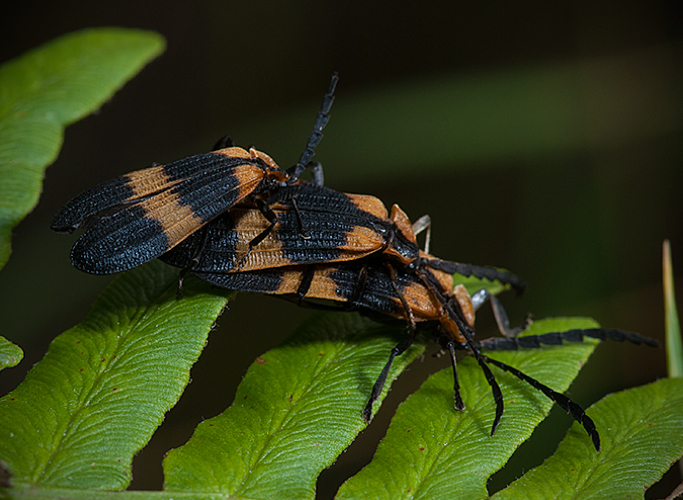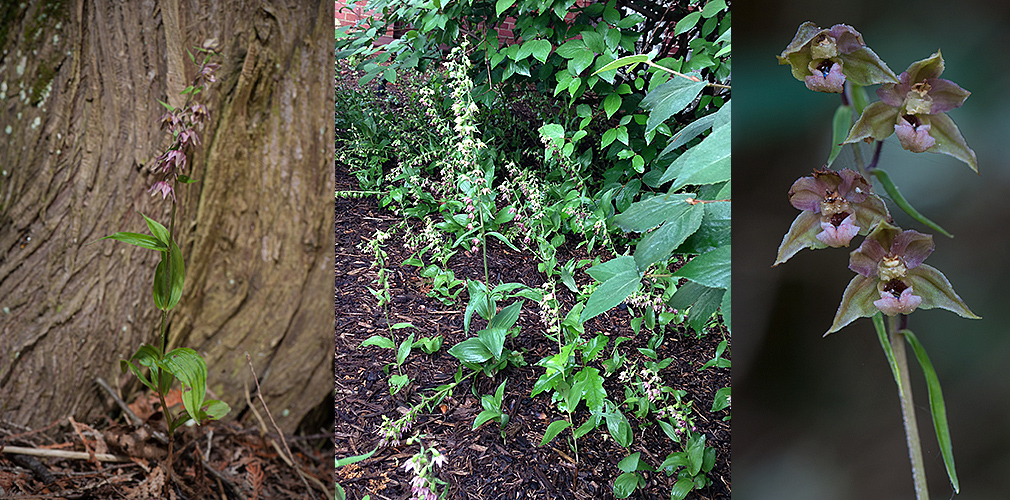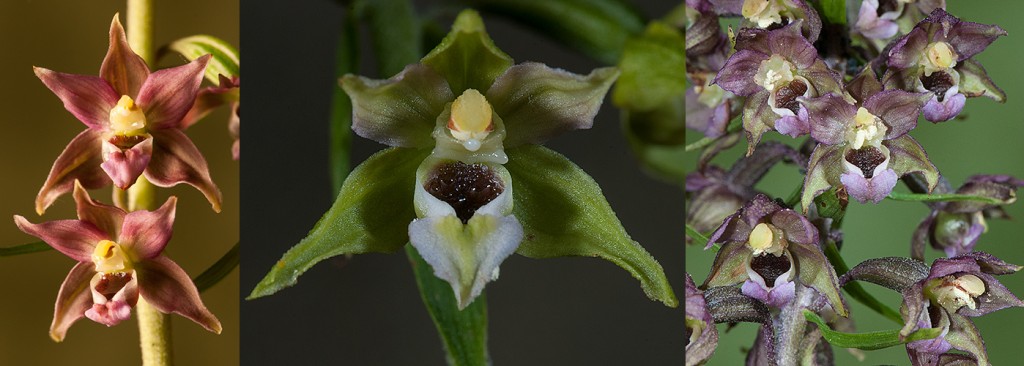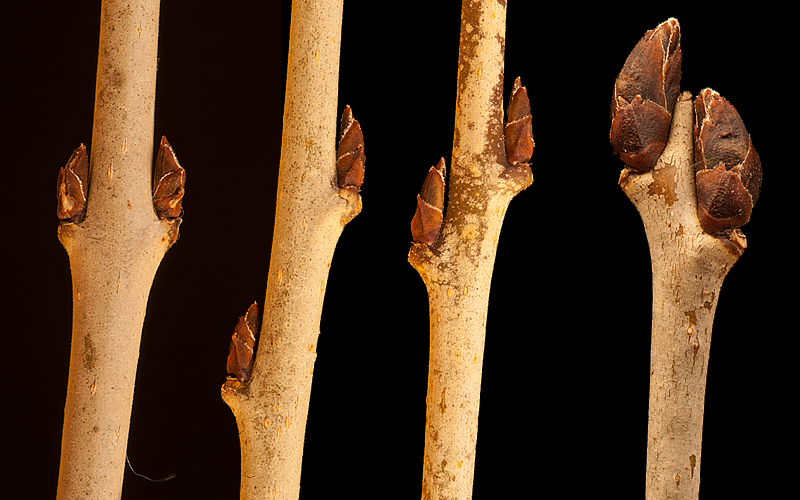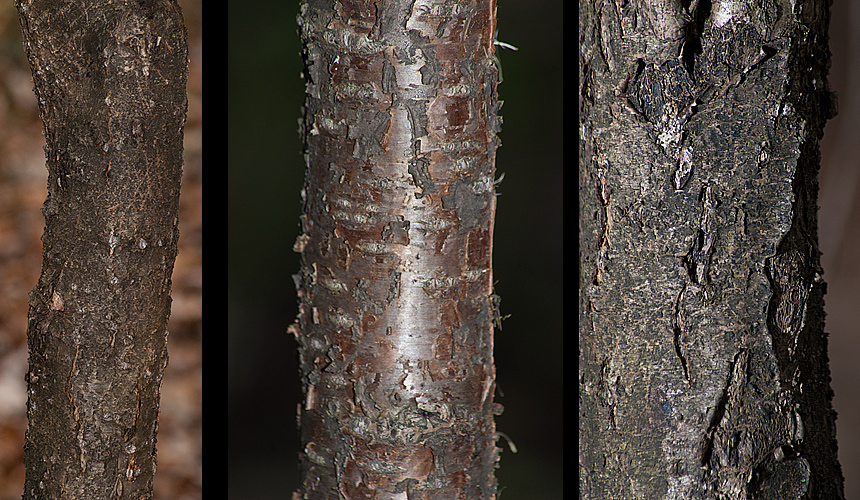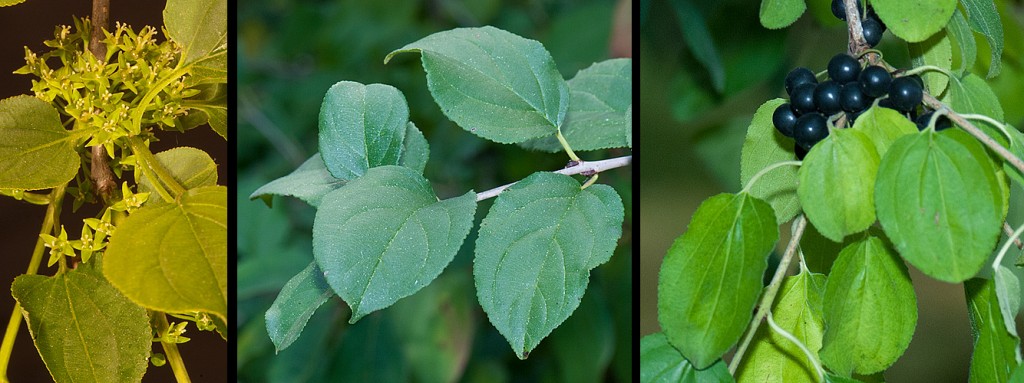Winter returned to the area surrounding Grayling, Michigan last weekend. A cold drizzle falls as I walk along the Swan Road. I find that I no longer care if it is a sunny or rainy day. I just love to be out in Nature.
An occasional Chickadee calls but sound is mostly absent from the woods now. Suddenly, a single hoarse call pierces the calm as one raven cries, then another and yet another. I stand motionless and observe a flock of six ravens mobbing an immature Bald Eagle. Ravens are large birds but the eagle is twice their size. They continue to dive bomb the eagle even after it seeks shelter among the lower branches of a Red Pine. Why they mob the poor eagle is a mystery to me. They have no young to protect and eagles seldom take adult ravens. Finally, the eagle slips away and the ravens become silent once more.
The growing season is almost over. A single White Sweet Clover is the only plant flowering. Brought to Michigan in the 1880s as a forage plant it escaped and now grows in every county appearing wild. This plant’s white spikes are producing pollen so it is truly flowering, a last bloom of the year. It looks out of place, growing among the browning, leafless, milkweed stems with their empty pods.
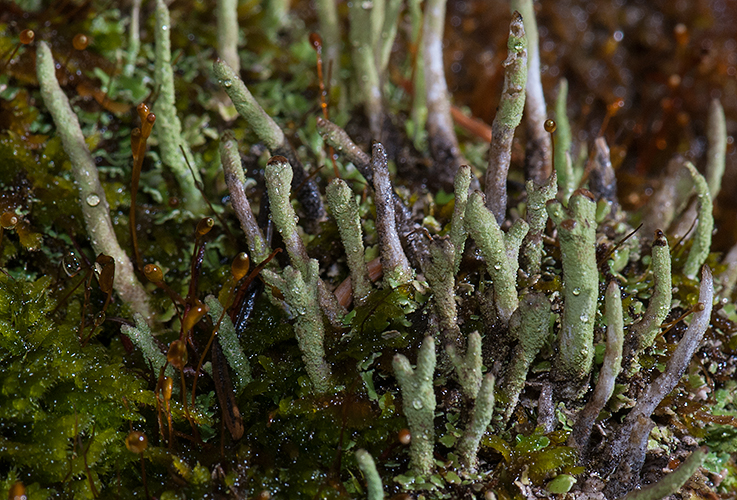
Common Powder Horn Lichen
Several lichens are found on the Balsam Poplars at the cedar swamp’s edge. Common Powder Horn Lichen (Cladonia coniocraea) resembles a half-inch tall deer antler. Looking closely, I see the spikes are tipped with tan sporing bodies. A few mosses complete this miniature world that could be covered with a quarter. Boreal Oakmoss (Evernia mesomorpha), a lichen not a moss, hangs from the branch tips. These clusters of small gray branches cling for their lives. Lichens live on the moisture and nutrients that they gather from rain and air.
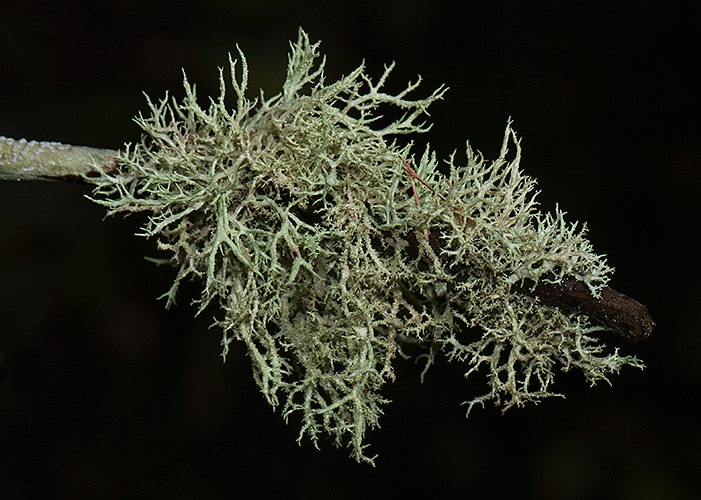
Boreal Oakmoss
Cottony, waxy, white tufts hang from the underside of the alder branches. They are insects, Wooly Alder Aphids (Prociphilus tessellatus). Normally, the masses of insects will move slightly; however, on this cold morning they remain motionless. As I study the clusters of insects, I realize that the droplets of water on the branches are frozen. A shaft of sunlight appears through a hole in the cloud cover, backlighting the aphids. They are beautiful.
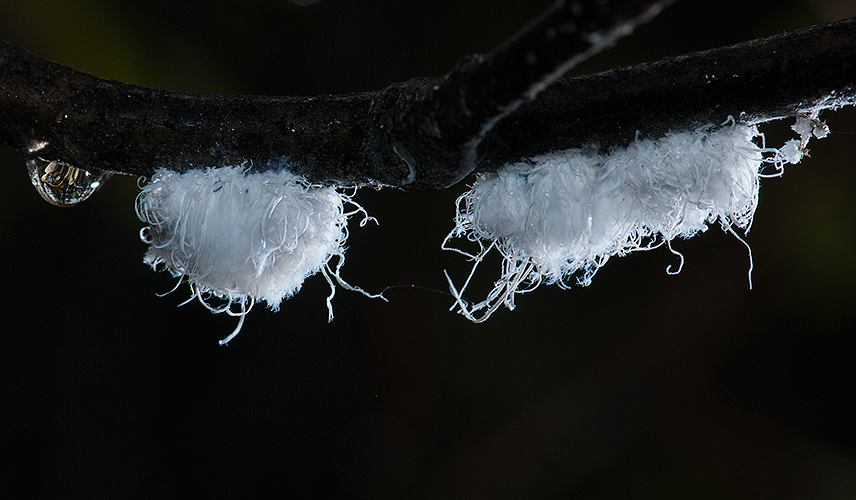
Wooly Alder Aphids
Returning to home, 200 miles south, we discover a woodchuck gathering leafy branches and disappearing down her burrow. I say her because this Woodchuck has a distinct reddish-brown back and is the female that had four young last spring but failed to raise any to maturity. Possibly she is an inexperienced mother. She is plump to the point of needing to dig a small trench to fit under our gate. Bypassing the Norway Maple leaves she chooses to line her nest with leaves from an Eastern Cottonwood. Does instinct cause her to choose the native Cottonwood over the imported Maple? Soon she will disappear for her winter nap.
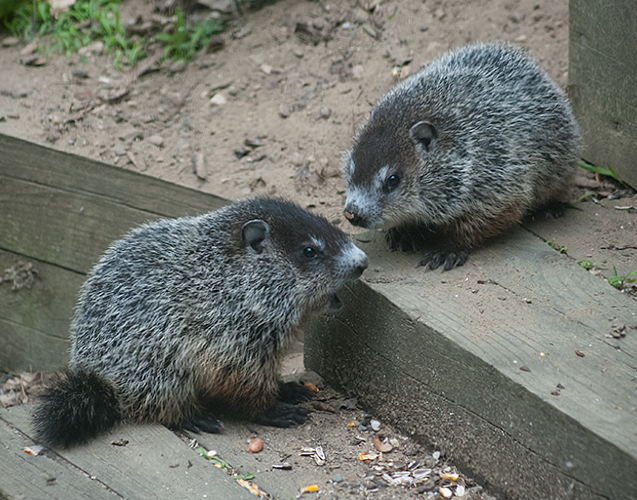
Baby Woodchucks in Spring
I hear the soft “crak-crak” call notes of the Ruby-crowned Kinglet. These birds, smaller than a sparrow, are one of the first to migrate north and one of the last to leave in the fall. A dozen small dull green birds flit in the Bladdernut thicket. I see their white eye-ring but not their red crown. Every few minutes they call a few notes. A “tsee” call draws my attention to a Brown Creeper spiraling its way up an Eastern Cottonwood. Studying every crack in the bark as it ascents, it finds small insects to feed on. This small, brown bird with its incurved bill might spend the winter here in my tiny woodlot if I’m lucky.
As winter comes, nature’s signs change. Flowers disappear, some of the bird species change, but Nature’s wonder still remains. Her signs are there if we only look for them.
Copyright 2013 by Donald Drife
Webpage Michigan Nature Guy
Follow MichiganNatureGuy on Facebook

